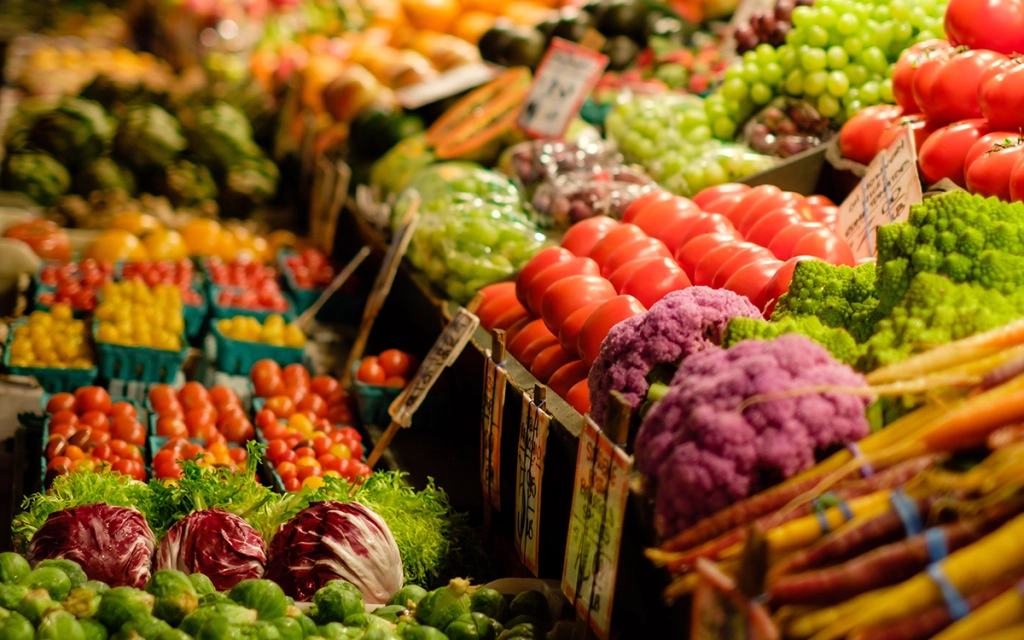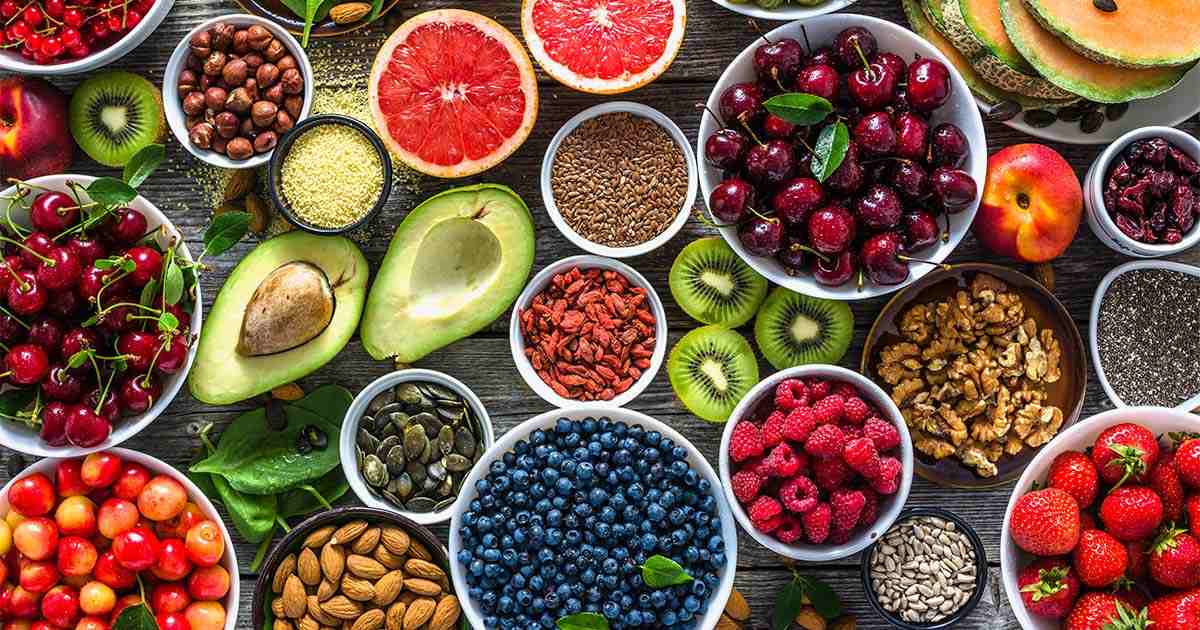What if there was one diet change scientifically proven to protect against heart disease, cancer, neurological diseases, metabolic syndrome, inflammation and high blood pressure? Would you be interested? Well, there is: phytonutrients. And it’s probably simpler than you think.
Most people are aware that food is composed of essential nutrients, like carbohydrates, fat, protein, vitamins and minerals. The human body needs these to sustain life. Less commonly known are substances in edible plants called phytonutrients or phytochemicals.
What are phytonutrients?
A phytonutrient is a natural, bioactive compound found in plants. These compounds are different in that they are non-essential, meaning they are not required for life, but that doesn’t mean they aren’t beneficial to your health. In fact, researchers are just starting to uncover the amazing and significant role that phytonutrients play in wellness and disease prevention.
There are currently over 1,000 compounds in fruits, vegetables, grains and herbs that are phytochemicals. Although that might sound like a large amount, scientists hypothesize that there are likely ten times that amount that have yet to be revealed.
Preliminary findings show that phytonutrients are usually responsible for bright colors (blueberries), pungent odors (cabbage), or strong flavors (garlic) in a food.
Phytonutrients have long, complicated names, but live in several broad categories, often based on their colors. Carotenoids, glucosinolates, ellagic acid, resveratrol and flavonoids are a few.
Health benefits
What’s interesting about phytonutrients is that each group has unique health benefits. No one fruit or vegetable contains every phytochemical. By eating a variety of colorful fruits and vegetables, you can maximize the health benefits plants have to offer.
Phytochemicals are often concentrated in the plant’s skin or peel and help protect against environmental stressors, like UV radiation, pests and pollution. What’s fascinating is that when humans eat these plants, they can actually reap some of the same protective benefits.
For example, age-related macular degeneration (ARMD) is a common eye disease that worsens by sunlight exposure and is the leading cause of legal blindness among older Americans.
Lutein
The phytonutrient lutein, found in green leafy vegetables and some yellow-orange fruits and vegetables, protects plants from UV radiation damage. Several population studies show that people who incorporate more lutein in their diet show a corresponding decrease in the prevalence of ARMD.
Anthocyanins
There are many studies that show correlations between phytonutrient intake and health benefits. Anthocyanin is found in dark red and purple fruits like strawberries. It protects against cardiovascular disease. In the Iowa Women’s Health Study, post-menopausal women who ate at least one serving of strawberries or blueberries per week had a significantly lower risk of death from cardiovascular disease.
Endothelial
Cocoa intake can improve endothelial function by dilating blood vessels and can lower blood pressure in overweight adults. As if we really needed a reason to justify eating dark chocolate.
Quercetin
There also may be some truth to the old saying, “An apple a day keeps the doctor away.” Quercetin, found in apples and pears, improves pulmonary function and lower the incidence of asthma.
Cancer prevention is among the most compelling benefits of phytochemicals.
The American Institute of Cancer Research claims that phytonutrients help block almost every step of cancer pathogenesis, including repairing damaged DNA, inhibiting the formation of free radicals, slowing the growth of cancer, preventing the initiation of cancer and regulating hormones that may stimulate cancer.
Consuming phytonutrients
Various companies sell phytochemicals in pill form, claiming that it has the same effect as eating the actual plant. Although this might seem like a simple solution, research shows this is actually a fallacy, or a mistaken belief. When foods have phytochemicals, rather than a pill, they produce the greatest protective benefits.
There are many reasons why this is true. One is that phytochemicals don’t exist in isolation. For example, kale contains not just one, but many phytonutrients from the carotenoid, flavonoid and glucosinolate groups. In addition, scientists have yet to uncover and refine most phytonutrients, so they are not even available as a supplement.
New studies indicate that phytonutrients act synergistically in their natural food source. This means that when a food naturally contains two or more phytochemicals, it often provides an even greater health benefit.
This is a major reason why the National Cancer Institute and 2010 Dietary Guidelines encourage the public to make at least half of their plate a rainbow of fruits and vegetables.
The American Institute for Cancer Research makes three simple recommendations to experience the rewards of phytonutrients:
- Eat a variety of fruits, vegetables, whole grains and beans
- Emphasize brightly colored or strongly flavored vegetables and fruits
- Eat phytonutrients in foods instead of pills and powders
Take a look at your plate. Do fruits and vegetables compose at least half of it? Is there a variety of color? If not, start by adding at least one fruit or vegetable to each meal. Each week try to add more fresh and vibrant fruits, vegetables, herbs and legumes until they fill half of your plate.
This small change has the potential to make a huge impact on your health for years to come.
Social Share
At Enhabit our patients are our number one priority. From providing the latest medical practices to building deep personal connections, we’re focused on upholding every patient’s dignity, humanity and sense of control on their health care journey.
Home health
Our home health services give patients access to the care they deserve in the comfort of their own homes. From disease and injury management to recovery from surgery, our clinicians help patients confidently achieve their healthcare goals.
Hospice care
Our hospice care services place importance on the comfort of every patient living with a terminal illness. Our caring professionals are dedicated to providing not just physical care, but spiritual and emotional support to every patient and their loved ones.

 Back to Resource library
Back to Resource library




